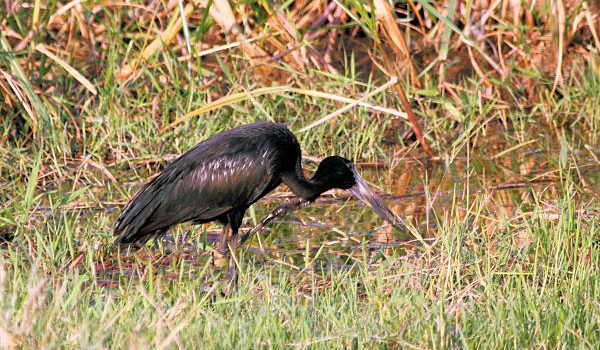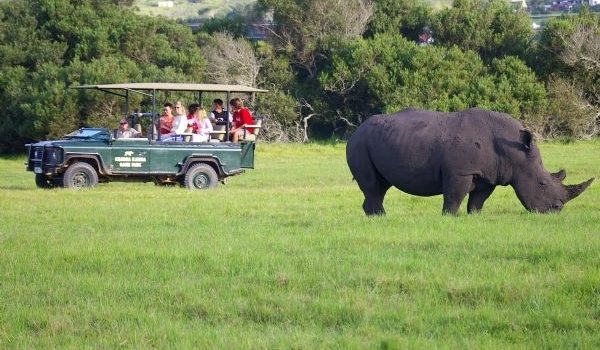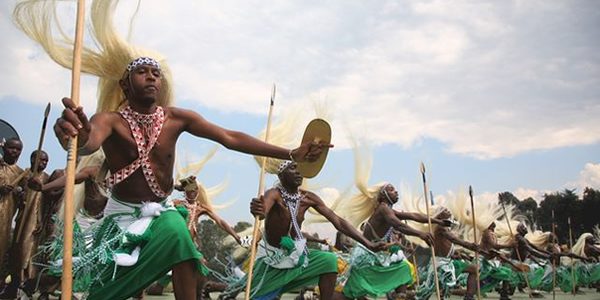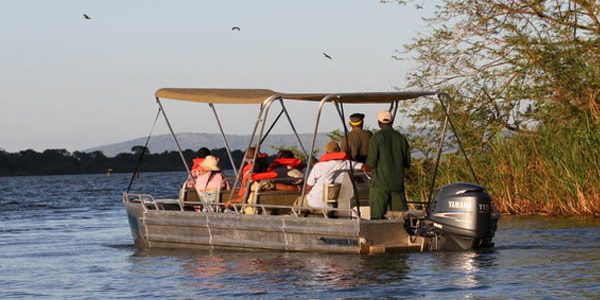About Akagera National Park
Akagera National Park lies in eastern Rwanda, hugging the border with Tanzania. It’s characterized by woodland, swamps, low mountains and savannah. The varied terrain shelters wildlife including zebras, giraffes, elephants, lions and hundreds of bird species, such as the rare shoebill stork. In the southern part of the park, vast Lake Ihema is home to hippos and crocodiles.
Area: 1,200 km²
Established: 1934







